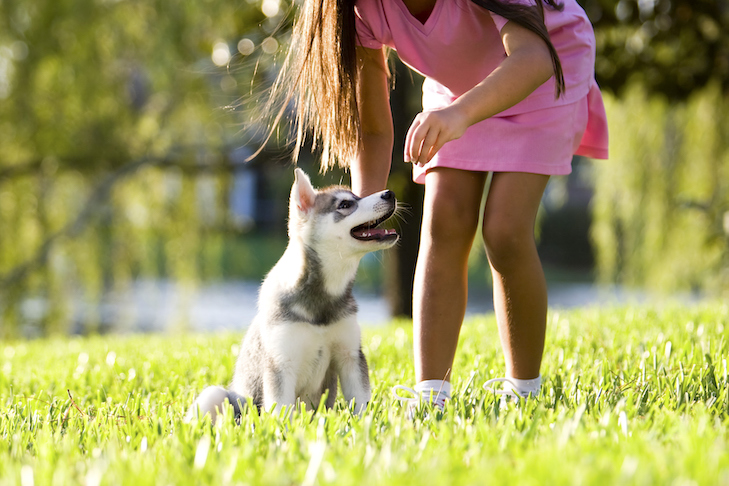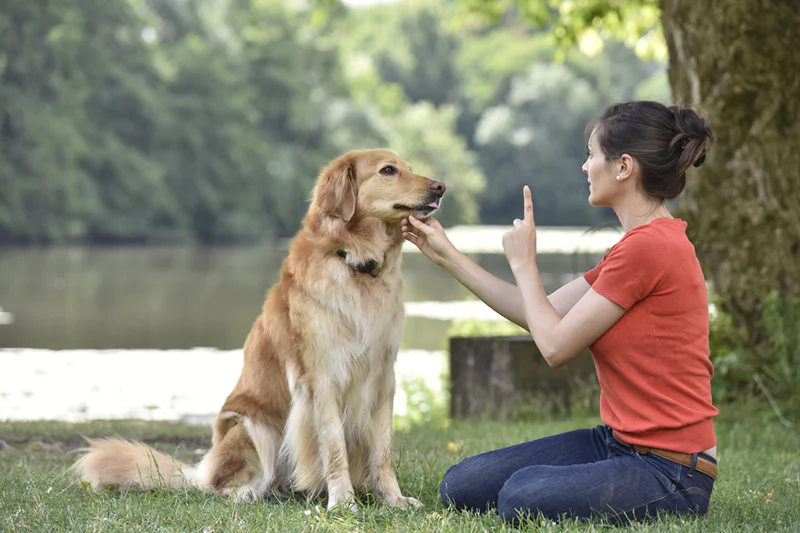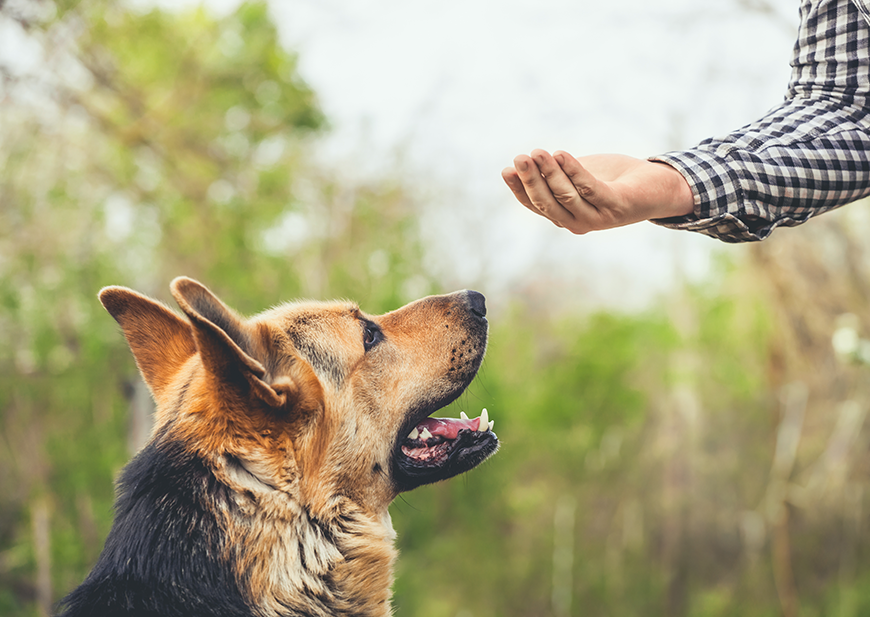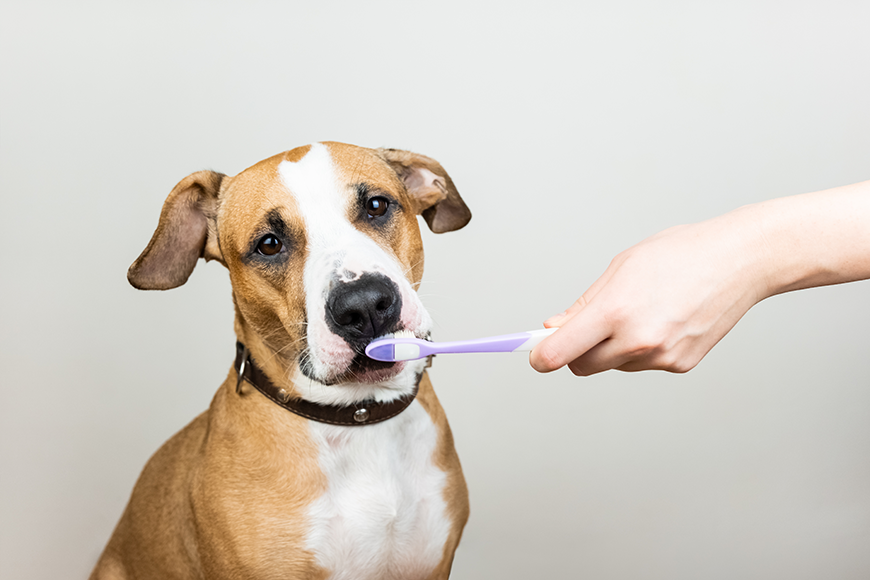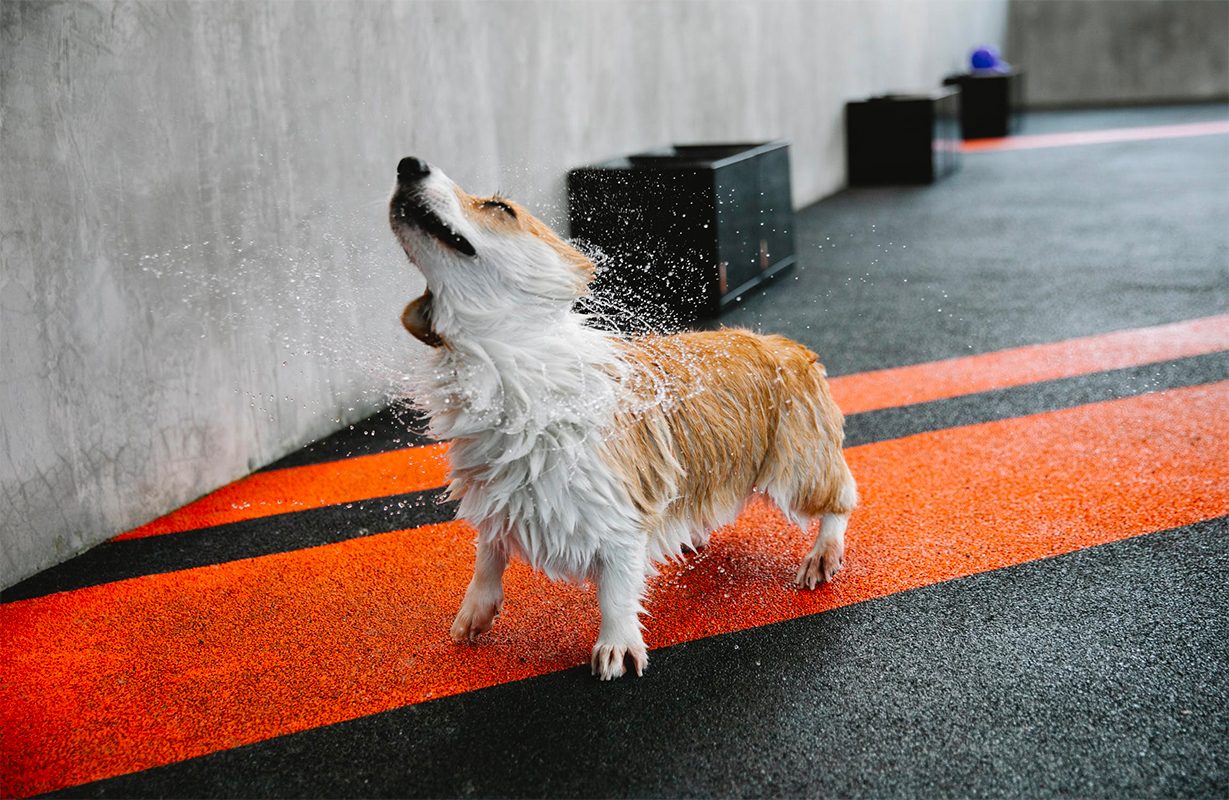Dogs have earned their title as man’s best friend for good reason. They are loyal, loving, and incredibly intuitive creatures that bring joy and companionship to our lives. However, proper obedience training ensures a harmonious relationship between you and your furry friend. Obedience training of your dog helps prevent behavioral issues and strengthens the bond between you and your dog. In this article, we’ll delve into the importance of obedience training, the fundamental principles involved, and some effective training techniques to establish a well-behaved and content canine companion.
The Importance of Obedience Training for your Dog:
Critical to achieving successful obedience training are several key principles that firmly establish the cornerstone for cultivating a strong and harmonious relationship between you and your cherished canine companion. Utilizing the positive reinforcement technique, whereby desired behaviors are acknowledged and rewarded through dispensing treats, heartfelt praise, or gentle affection, plays a pivotal role as an effective motivator, encouraging your dog to replicate those commendable actions consistently. Upholding unwavering consistency in employing identical commands and cues, harmoniously intertwined with meticulous attention to timing when issuing commands and delivering rewards, creates a platform of lucid communication and bolstered retention of acquired knowledge.
Cultivating the virtue of patience emerges as an indispensable trait, given the variable learning speeds of individual dogs, and the adeptness to maintain a serene and composed demeanor acts as a safeguard against potential impediments during the training trajectory. The prudent practice of orchestrating a gradual advancement from rudimentary commands to more intricate directives stands as a shield against overwhelming your furry friend and, in turn, lends its support to the gradual, steadfast evolution of their capabilities. In concert, these fundamental principles amalgamate to form an atmosphere steeped in mutual trust, empathetic comprehension, and optimally efficacious learning, collectively fostering the emergence of a canine companion who embodies the attributes of exemplary behavior and a state of untroubled contentment.
Critical Principles of Obedience Training:
Several key principles are critical to successful obedience training that lay the foundation for a strong and harmonious relationship between you and your dog. Positive reinforcement, where desired behaviors are rewarded with treats, praise, or affection, is a powerful motivator for your dog to repeat those actions. Consistency in using the same commands and cues, coupled with precise timing in delivering commands and rewards, ensures clear communication and reinforces learning. As dogs learn at different paces, patience is essential, and staying calm and composed prevents hindrances in the training process. Gradual progression from basic to advanced commands prevents overwhelming your dog and supports steady growth. These principles collectively create an environment of trust, mutual understanding, and effective learning, facilitating a well-behaved and contented canine companion.
Principals are:
- Positive Reinforcement: Positive reinforcement is the cornerstone of practical obedience training. This involves rewarding your dog for performing desired behaviors. Rewards can include treats, verbal praise, toys, or affection. By associating good behavior with rewards, dogs are motivated to repeat those behaviors.
- Consistency: Consistency is vital when it comes to obedience training. Use the same commands and cues consistently, and ensure all household members are on the same page. Inconsistency can confuse your dog and impede their learning process.
- Timing: Timing is crucial when giving commands and rewards. Deliver orders when your dog performs the desired behavior and provide immediate rewards to reinforce that behavior. This helps your dog make the connection between the command and the action.
- Patience: Obedience training takes time, and every dog learns quickly. Patience is vital; getting frustrated or losing your temper will only hinder activity. Stay calm and composed, and celebrate even small victories.
- Gradual Progression: Start with basic commands and gradually build complexity. Once your dog has mastered simple commands like “sit” and “stay,” you can move on to more advanced controls. This incremental approach prevents overwhelming your dog and ensures steady progress.
Effective Obedience Training Techniques
- Basic Commands: Begin with fundamental commands such as “sit,” “stay,” “come,” and “lie down.” These commands are practical for daily life and lay the foundation for more advanced training.
- Clicker Training: Clicker training is a popular technique that uses a clicker to mark the desired behavior, followed by a reward. The clicker’s sound becomes a clear signal to your dog that they have done something right. This technique is precise and helps with timing.
- Leash Training: Teaching your dog to walk calmly on a leash is essential for their safety and your sanity. Use positive reinforcement when they walk beside you without pulling, and stop moving if they start to hurt. Over time, they’ll learn that pulling leads to no progress.
- Socialization: Socializing your dog with other dogs, people, and various environments is critical to obedience training. It helps them become well-adjusted and confident beings. Gradually expose your dog to new experiences, ensuring its comfort and safety.
- Distraction Training: Introduce distractions to test their obedience as your dog progresses. This can include practicing commands in different locations, with other people and dogs present, and the presence of enticing stimuli like toys or treats.
- Positive Corrections: While positive reinforcement is critical, sometimes your dog doesn’t follow a command. In such cases, use positive corrections instead of punishment. For example, if your dog doesn’t come when called, gently guide them to you using a leash and reward them when they comply.
Building a Strong and Happy Relationship:
Obedience training is not just about creating a well-mannered dog; it’s about fostering a solid and happy relationship based on trust and mutual respect. When your dog knows you are a consistent and reliable leader, they feel secure and less anxious. A well-trained dog is more likely to be included in family activities, outings, and trips, leading to a deeper bond between you. Remember, training is an ongoing process. Even after your dog has mastered basic commands, please continue to practice and reinforce their training. Mental stimulation is just as important as physical exercise for dogs, so consider incorporating puzzle toys, interactive games, and new challenges into your routine.
In conclusion, obedience training is an investment that pays off in many ways. It ensures your dog’s safety, prevents behavioral issues, and enhances your relationship. You can transform your dog into a well-behaved and joyful companion by embracing positive reinforcement, consistency, patience, and gradual progression. Through proper training, you’re not just teaching your dog; you’re laying the foundation for a lifelong partnership filled with love, respect, and companionship.
Popular Post
How to choose a training
Top tips for caring for
Tips for keeping your cat
Archives
Tags
Email for newsletter
At Pets Mall, we offer premium quality dog and cat food, pet supplies, and vaccination. Get everything you need for your pet!
If you pets need immediate veterinary’s treatment, give us a call and we will send a specialist vet to your home.
- 34 Q Block, Johar Town, Shah Alam Road, Near Ayub Chowk , Lahore
- petsmallpk@gmail.com
- 0301-7475573 , 0313-4343476
COPYRIGHT © PetsMall.pk ALL RIGHTS RESERVED. | DEVELOPED BY DIGIKNOWN



